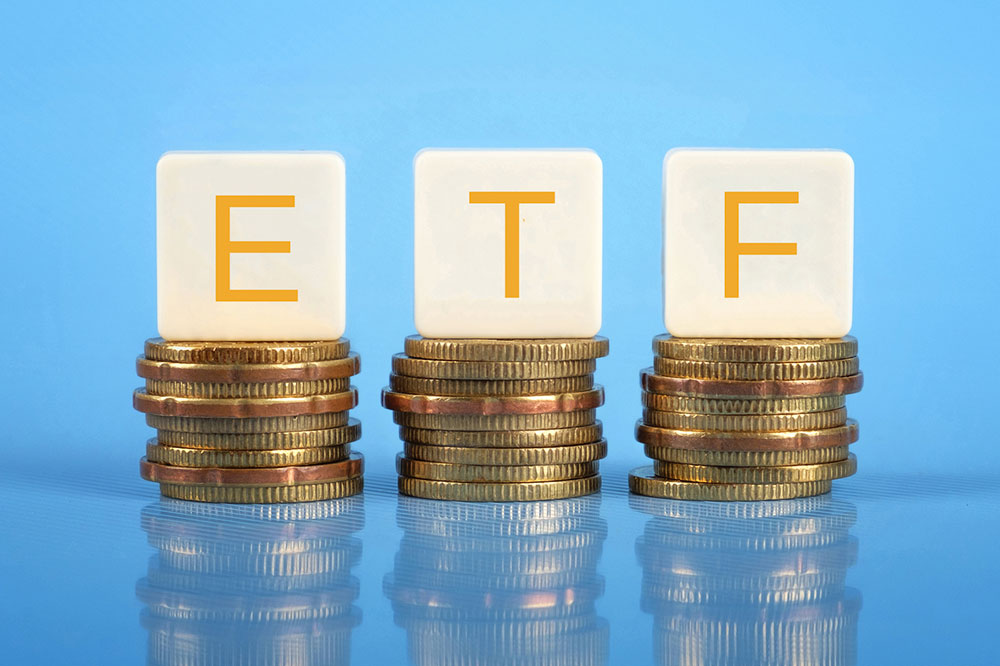Understanding IPO Valuation Methods
This article provides an in-depth overview of IPO valuation processes, including how companies and analysts determine share prices, key factors influencing valuation, and steps for investors to participate. It emphasizes understanding the importance of market demand, valuation methods, and strategic planning before investing in a company's IPO. Suitable for investors, finance professionals, and entrepreneurs, it illustrates the comprehensive approach to IPO valuation and investment considerations for a successful public offering journey.

Understanding the Valuation of Initial Public Offerings
An IPO, or initial public offering, marks a private company’s transition to being publicly traded by selling shares to the public for the first time. Typically undertaken by smaller firms aiming for capital infusion or expansion, IPOs convert private investors into shareholders. Every publicly listed company has started with an IPO, which involves fulfilling regulatory requirements that can take several months.
How is IPO Price Determined?
IPO valuation depends on market demand and supply, with experts analyzing the company's potential. Pricing is crucial: it shouldn't be too high or too low. Since IPO stocks lack historical data, analysts use tools like financial modeling, comparable company analysis, and precedent transactions to estimate value. Underpricing may leave gains unrealized, while overpricing can scare off investors.
The valuation process involves multiple stakeholders—company management, auditors, legal advisors, the SEC, and underwriters—who consider factors like growth potential, market trends, and investor interest. Absolute valuation methods assess intrinsic value through discounted cash flow, residual income, assets, and debt levels. Relative valuation compares the company to similar firms. Key considerations before investing include the company's purpose for the IPO, growth prospects, and fund utilization, helping investors decide if it's a worthwhile opportunity.
To participate, investors can buy shares via exchanges or brokers. Post-listing, IPOs often see demand exceeding supply, leading to higher trading prices. Funds raised are used for expansion, innovation, or debt repayment. For founders and private investors, IPOs serve as an exit strategy. Companies work with investment banks to manage the process. Trading post-IPO can be volatile, especially in the initial days, marking a significant step that turns a private firm into a public entity.
Note:
Our website offers diverse insights and data-driven content to help readers learn more about IPOs and related topics. However, the information should not be regarded as definitive or professional advice. We disclaim responsibility for discrepancies or updates across different sources. Readers are encouraged to verify information independently and explore additional schemes and offers that may benefit them.










